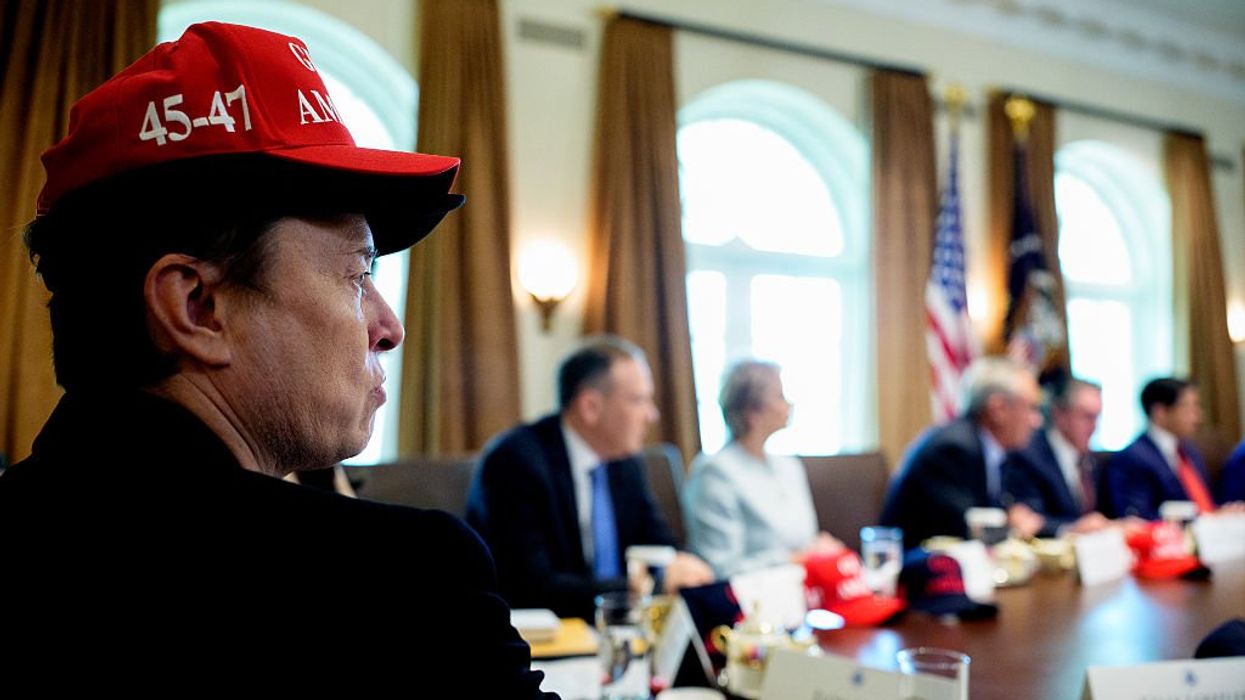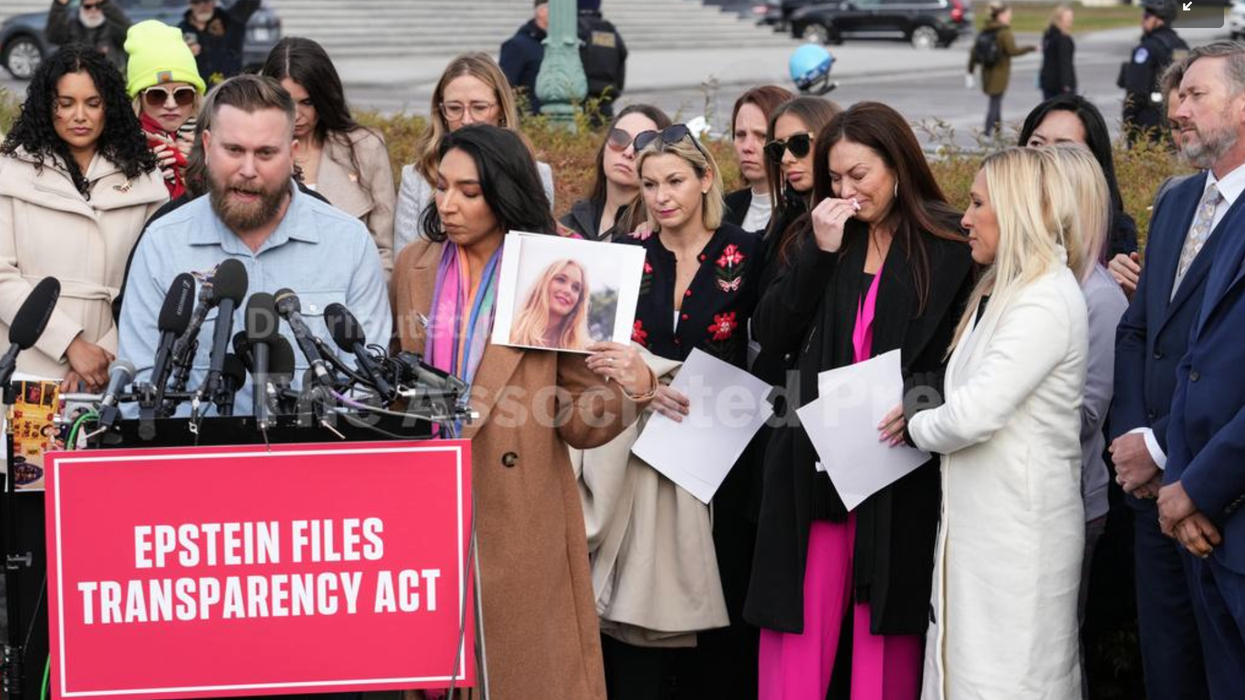The DOGE is not the first effort to reduce waste, fraud, and abuse in government. It is the first to receive such vociferous disdain along what appears to be purely political lines. Most presidents have made efforts in these areas, some more substantial than others, with limited success. Here are some modern examples.
In 1982, President Reagan used an executive order to establish a private sector task force to identify inefficiencies in government spending (commonly called the Grace Commission). The final report included 2,478 recommendations to reduce wasteful government practices, estimated savings of $429 billion over the first three years and $6.8 trillion between 1985 and 2000. Most of the savings required legislative changes, and Congress ignored most of those proposals.
In 1993, President Clinton launched the National Performance Review, with Vice President Al Gore in charge, intending to “make the entire federal government less expensive and more efficient, and to change the culture of our national bureaucracy away from complacency and entitlement toward initiative and empowerment." Their initial report identified $108 billion in potential savings, much of which required legislation and was never implemented. However, there were purely administrative suggestions as well, many of which were implemented. Al Gore indicated that 24,000 federal jobs had been reduced through the National Performance Review, mainly through buyouts, a bit more than 1% of the workforce at that time.
In 2005, President George W. Bush proposed a savings package that included $2.3 billion in rescissions—essentially canceling unused balances from 55 federal programs, as part of a strategy to rebuild critical infrastructure in the Gulf region after Hurricane Katrina. Congress did not approve his proposal.
In 2011, President Obama launched the Campaign to Cut Waste, which aimed to eliminate misspent tax dollars across federal agencies. This included measures like consolidating federal websites and creating an oversight board to track spending. This effort was established by executive order, and Vice President Biden took an important role.
All modern presidents have made at least minimal efforts to reduce waste, fraud, and abuse, though the Trump/DOGE effort has been unusual. Consider the following three examples.
First, the effort is broader and deeper than any prior effort. Many billions of dollars, American taxpayer dollars, are wasted by government agencies and paid fraudulently. Is addressing this in depth and breadth a bad thing? Should they just pick around the edges, find a few billion dollars, and go home?
Second, instead of studying the problems for months or years and then proposing legislation, a duly elected President instructed appointed members of his administration to aggressively identify and implement specific changes that were thought to be within his executive authority. He took an expansive view of his powers, and not surprisingly, there have been legal challenges.
Third, various sources suggest that between 70,000 and 150,000 federal employees have been laid off through DOGE and other administration efforts. There are plans for more. Perhaps the final number will reach 10% of the federal workforce (excluding the military and the post office). These cuts may seem extreme, but in the private sector, a restructuring that results in a 10-15% reduction in a company’s workforce is not all that unusual. Yes, there will be some hiccups in government services, but federal jobs are not sacrosanct.
We should not be surprised that the public perception of the DOGE effort is extreme, fully reflecting the current nature of our modern and highly partisan politics.
Politicians and pundits on the left are appalled by the effort. They argue that such cuts will decimate vital government services and have been handled in a cold and insensitive manner. There are claims that these efforts are unconstitutional despite the President’s Constitutional role in managing the federal government workforce (subject, of course, to civil service and related laws and regulations), managing the bureaucracy in general, and minimizing waste and fraud. Given that the full spectrum of the political left (traditional Democrats, Progressives, and a small but vocal group of Socialists) believes in a strong federal government to address societal challenges, some resistance on that basis is to be expected. However, their visceral and intrinsic rejection of all things Trump makes it appear they are either against the elimination of waste and fraud or believe it does not exist. And is it wrong to wonder if those who complain the loudest have somehow been the biggest beneficiaries of a broken system?
Politicians and pundits on the right have mostly been supportive and argue that these reductions in programs and the workforce are but a small part of the necessary reduction in government spending. However, newly approved cabinet secretaries pushed back on DOGE’s authority to implement such cuts directly. In early March, the President told his cabinet secretaries they were in charge of the actual cuts, not DOGE.
Most on the right (traditional and conservative Republicans, RINOs, and especially those of the MAGA persuasion) are supportive of the idea. Nearly one hundred days in, they may be a bit disappointed that the results seem more talk than action. They see Republicans in Congress and the administration negotiating on a “big, beautiful bill” that so far does not reflect much in the way of government reductions. Some are also wondering when they will start seeing perp walks for all the fraudulent activity they are certain is out there.
Then there are those of us taking a wait-and-see attitude. A few conservative Democrats, perhaps most independents, and that part of the Republican party that has not fallen into the cult of Trump. I reside in this camp – a conservative-leaning Libertarian who never voted for Trump or his Democratic challengers. I hope the effort is wildly successful. I am convinced you could find a trillion dollars in annual spending cuts. I have no doubt this would be painful for some, but we are on an unsustainable financial trajectory as a nation.
I am also in the camp that believes we do not have a revenue problem (tax rates are high enough at all income levels, though reforming the system would be a good thing). We have a spending problem. Not just waste and fraud, but spending on programs that should not be part of the federal government's mission.
I would be happy (thrilled, really) if they found a way to reduce spending by half a trillion dollars or even a third of a trillion. That could put us on a path to eventually achieving a balanced budget. I would also like to see an improved ability to find fraud, root it out, and prosecute the fraudsters.
Given the scope of the problem, an aggressive approach seems appropriate, but some changes also seem appropriate, given the chaos we experienced in the first 100 days.
First, as much respect as I have for him, after his 130-day appointment as a “special government employee,” Elon Musk should return to his day jobs. As I write this, he has announced he will step back next month and focus on Tesla. His involvement has been inspirational to those involved in DOGE and Trump acolytes. But his value to the effort has run its course, especially on the PR front.
Second, workforce reductions should be undertaken in a more orderly fashion. Terminating probationary employees and others as a cost-saving measure while claiming they were not “performing” at the high level expected is demeaning and inappropriate. Doing so without considering and addressing the implications is chaotic.
Third, with some exceptions, the President is responsible for spending approved funds, not determining what is approved. There are valid legal questions about what appropriated funds the President can refuse to spend. Absent Congressional action, many of the spending reductions will be rejected by the courts. The President and his party are missing an opportunity to have a formal and national discussion on a range of spending issues, a debate that would likely benefit them politically.
It is expected they will soon submit a “rescission” package to Congress to stop around $9 billion in spending for USAID, the State Department, NPR, and PBS. This is a start, but also a drop in the bucket of what could ultimately be proposed. It does make sense that relatively small rescission packages would be used to ensure one proposal does not spoil a large spending reduction. I hope to see more of these and look forward to the debate on individual requests.
Fourth, direct congressional action is also important. Without it, some of the administration's efforts will be rejected by the judicial system. And so far, the Republican Congress has not stepped up. The upcoming “big, beautiful bill” should be informed by whatever has been found and documented so far. The issues and proposals should be rationally debated by Congress, not just screamed about. The best way to avoid spending is not by executive order but by a Congressional bill signed by the President.
Whatever your political persuasion, let’s hope Congress steps up and does its job.
David Butler is a husband, father, grandfather, business executive, entrepreneur, and political observer.



















